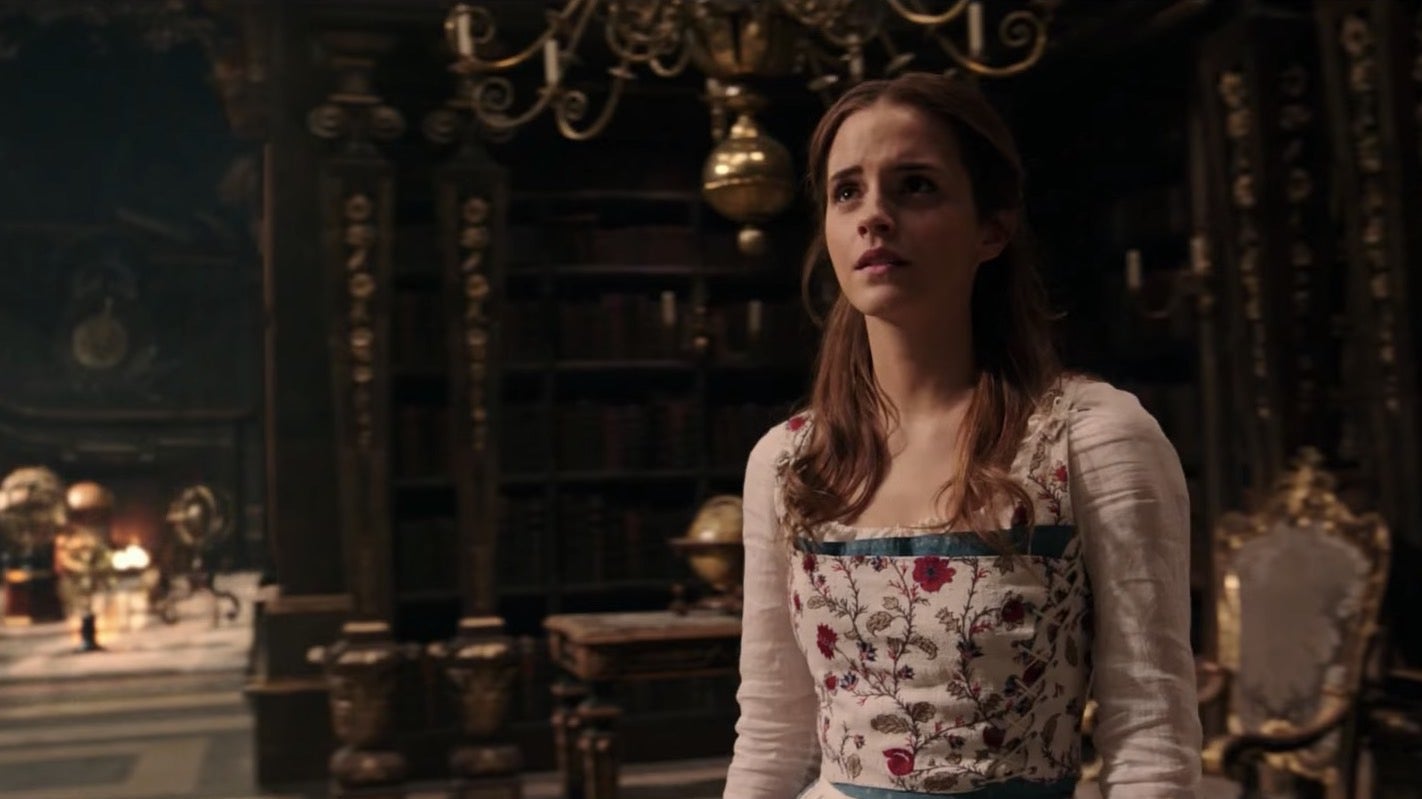India is making some of the most iconic costumes for movies and TV shows in the West
Hollywood is helping put Indian craftwork on the map.


Hollywood is helping put Indian craftwork on the map.
For years now, high-end French labels like Dior, Balenciaga, and Christian Louboutin have been outsourcing their applied decoration (like embroidery) to India. Street-fashion brands like Zara, Mango, Promod, and Levi’s produce many of their clothes in India, too. It’s a big business with a dark underbelly: there have been years of reports of ongoing mistreatment of sweatshop laborers and homeworkers forced to manufacture clothes on their kitchen floors for deplorable pay.
However, the Indian textile industry isn’t prized by foreigners just for its cheap labor—and the entertainment industry in the West is out to prove it.
With Hollywood movies and English-language TV shows indulging in the beauty of Indian textiles, the skills of the country’s craftsmen are in the spotlight. Big name production houses aren’t expecting Indian manufacturers to churn out a ton of cheap costumes. They’re ordering one-of-a-kind outfits and paying people well to create them. Slowly but surely, the perception of the Indian handicrafts industry is undergoing a makeover.
Disney’s wildly successful live-action remake of the 1991 fairytale Beauty and the Beast (on track to surpass half a million dollars in tickets sold worldwide) is the latest movie to call on India’s embroidery prowess. The film’s costume designer Jacqueline Durran dressed Belle, played by Emma Watson, in an intricate bodice created in India. The hand-stitched flower patterns were designed by Kusam and Juma, a pair of artisan brothers from the the west-Indian state of Gujarat. They used a fine chain-stitch technique called “Aari work” on the garment.
The film’s assistant costume designer, Sinéad O’Sullivan, posted the story behind the bodice on Instagram:
Hollywood calling
Belle isn’t the first Western film character to be dressed in Indian creations.
Other costumes are not always as outwardly Indian as Belle’s bodice. For instance, when Jon Snow, one of the heros in HBO’s Game of Thrones, hung up the black cloak of the Night’s Watch, he slipped into a set of armor and a pelt—both made in northern India, Times of India reported.
RS Windlass And Sons, the team behind the Game of Thrones outfit, also supplied props and costumes for big-budget TV shows like Rome and The Tudors as well as movies like 300 and Batman Begins. The company’s Dehradun outpost manufactures swords, armor, and other metalwork for the big and small screens.
They say they don’t like to work with Bollywood producers, because they’re far less reliable than Western filmmakers. “There was one producer a few years ago who started a film on the Buddha and he gave us a bulk order for costumes,” Rajiv Goil, a partner at RS Windlass And Sons, recounted. ”We started work, procured the fabric, but six months down the line, he shelved the project. It was a loss of investment for us in many ways. So we stick to Hollywood productions.”
And Western consumers: RS Windlass And Sons now makes much of its money off high-end licensed replicas. At their replica warehouse, you’ll find everything from Harry Potter’s Gryffindor uniform to the cape Themistocles wore in 300. And the stuff isn’t cheap: if you want one of their impeccable Obi-Wan Kenobi ensembles, it’ll cost you $4,000.
India’s handicraft legacy
The global market for crafts is worth $400 billion, according to Dasra, an India-based non-governmental organization, and India only has a 2% stake in it. That’s despite being the world’s largest producer of cotton and having the highest weaving capacity in the world at 4.9 million looms—and 2.4 million of these are handlooms, so presumably could be used to produce hand-crafted textiles that should be highly valued in the marketplace.
The textile industry in India is set up for success in other ways: textile companies are allowed to accept 100% foreign direct investment without any prior approval from the government or Reserve Bank of India, meaning taking investment from outside the country should be relatively seamless. If the country can figure out a way to make full use of the talent of its handmade textile craftsmen and women, India’s economy could get a major boost.
While creating a little on-screen magic with Indian embroidery is not going to make India a world leader in the craft market tomorrow—that must be complemented by “additional financing and tax breaks for the handloom industry,” Bandana Tiwari wrote for Business of Fashion—it is one way to help India’s handicraft legacy gain recognition and reverence. Many prolific Indian designers such as Ritu Kumar, Neeta Lulla, Sabyasachi Mukherjee, Anita Dongre and Rohit Bal already use handwoven fabrics and hand embroidery in their collections. With foreigners taking note too, India’s craftsmen could be gearing up to reach new heights.